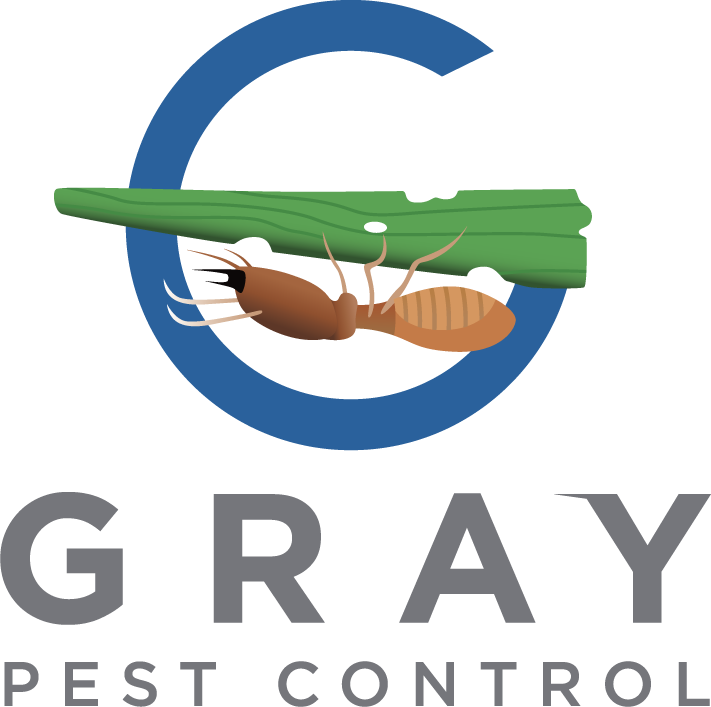
Termites
Termites are highly organized insects that play vital roles in breaking down cellulose material in ecosystems. However, when they invade human structures, they can cause significant damage. There are various termite species, each with distinct characteristics and behaviors. In this article, we'll delve into five different types of termites, shedding light on their features and habits.
Subterranean Termites:
Description: Subterranean termites are among the most destructive termite species. They live in underground colonies and build mud tubes to navigate through soil and connect to food sources.
Habits: They feed on cellulose materials like wood and plant debris. Subterranean termites require moisture to survive, so they construct mud tubes to maintain the necessary humid conditions.
Damage: These termites can cause extensive structural damage to buildings, particularly in areas with high moisture levels.
Drywood Termites:
Description: Drywood termites infest dry wood and do not require contact with soil. They are often found in wooden furniture, frames, and flooring.
Habits: Unlike subterranean termites, drywood termites obtain moisture from the wood they consume and the humidity in the air. They create galleries within the wood where they live and reproduce.
Damage: Their presence can weaken wooden structures and furniture, leading to potential collapse or costly repairs.
Dampwood Termites:
Description: Dampwood termites thrive in damp and decaying wood, often found in areas with high humidity or water leakage.
Habits: These termites have larger colonies and feed on wood with high moisture content. They don't typically infest dry wood or structures.
Damage: While they don't commonly infest human structures, they can damage outdoor wooden structures, like fences and fallen trees.
Conehead Termites:
Description: Conehead termites are an invasive species known for their aggressive foraging behavior. They are native to the Caribbean and have recently been discovered in parts of the United States.
Habits: Unlike subterranean termites, conehead termites build above-ground nests. They form large colonies and can cover a wide area in a short time.
Damage: Their rapid spread and voracious appetite can lead to substantial damage to vegetation and wooden structures.
Formosan Termites:
Description: Formosan termites are a type of subterranean termite, often referred to as "super termites" due to their large colonies and destructive capabilities.
Habits: They build extensive colonies that can house millions of termites. Formosan termites are known for their aggressive foraging and ability to establish secondary nests above the ground.
Damage: Formosan termites can cause severe structural damage, and their rapid spread makes control efforts challenging.
Understanding the different types of termites is crucial for identifying potential threats and implementing effective termite control strategies. Whether it's the moisture-loving subterranean termites or the wood-consuming drywood termites, each species has its unique traits and behaviors that demand tailored prevention and treatment methods. Regular inspections, moisture control, and professional pest management are key to protecting your property from these destructive insects.
